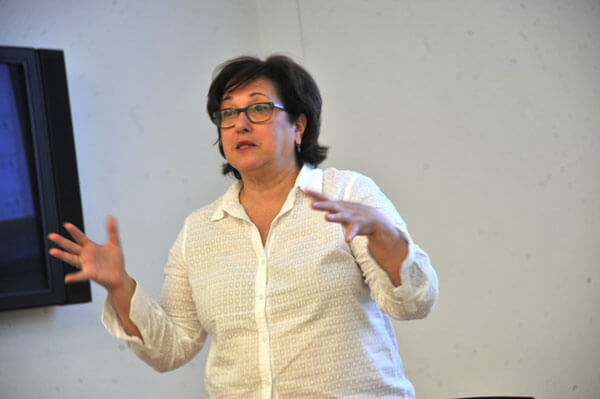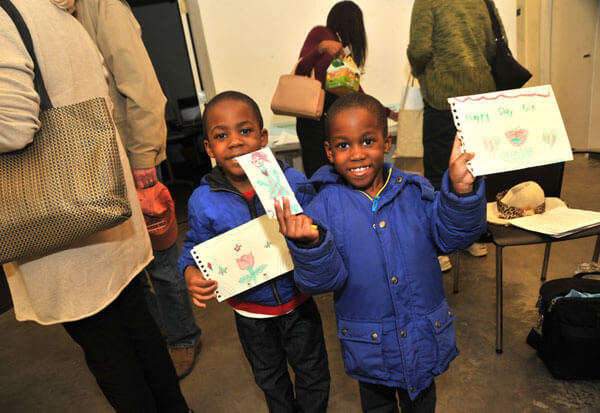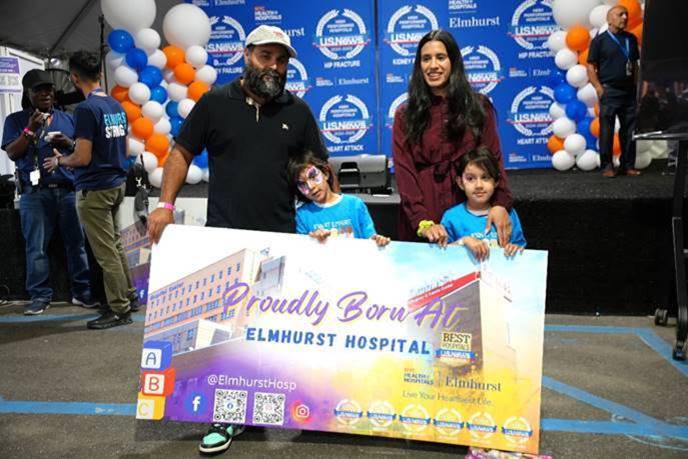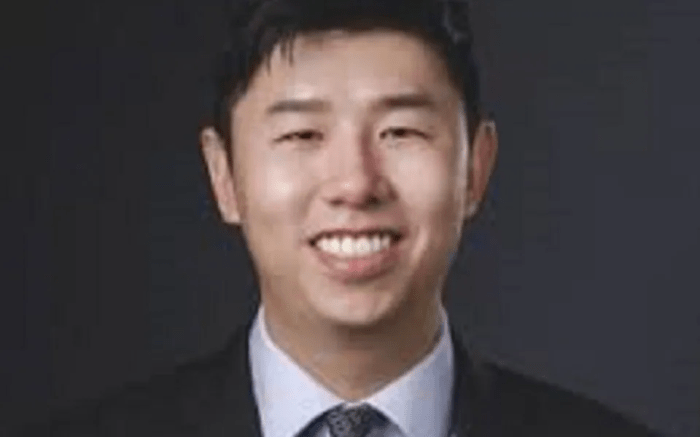By Tammy Scileppi
If you’re a Queens-based creative looking for a way to connect to people in your neighborhood through your project-based work, it’s easier to get by with a little help from your friends.
That’s where Queens Council on the Arts comes in. Through QCA and the grants they offer, local artists like Antonia Perez can get the support they need to create special moments of wonder in public settings or start conversations about interactive and socially relevant installations – in different communities across the borough.
Passersby have been intrigued by Perez’ whimsical and unexpected artwork – a colorful hanging sculpture — created for the Lewis Latimer House through a Queens Art Fund Grant from QCA, according to their website. The project consists of over 400 crocheted plastic bags over lampshade frames.
Helping one artist, one project at a time, QCA’s resources fuel Queens-based organizations and collectives that enhance the cultural vibrancy in areas where they live and operate, and in so doing, make the arts accessible to all.
In the summer, the QCA staff goes around the borough offering information on this grant process. The applications are reviewed for completeness by QCA staff and then QCA assembles the panel meetings to review the submissions.
Over 50 people attended QCA’s “Under the Hood” Information Session held in Astoria on June 8. The event focused on the 2018 Queens Arts Fund.
Multimedia and socially engaged artist Yvonne Shortt, believes in using creativity to address community issues. The longtime Queens resident spoke at the event and shared how her work has benefited from QAF grants as an artist and founder of Rego Park Green Alliance Studio, a nonprofit that addresses social issues and uses collaborative creativity to challenge people’s perceptions.
Of the artists and nonprofits interested in receiving grants from QCA, about 80 percent were interested in individual artist grants to help further their work, while 20 percent were interested in organizational support, according to Shortt. QCA’s Grants and Resources Director Lynn Lobell explained the four different grants that are offered.
These grants and funds can be used to help pay for
artists’ fees, direct administration costs, marketing and publicity costs, as well as supplies and materials needed for the execution of the project.
“It is not easy writing a successful grant, but given a few tools and encouragement, one might be successful in this competitive application process,” Lobell said. “The applications are judged by a panel that is representative of the diversity of the borough, and therefore it is really important that the applicant be able to articulate what they want to do with the money if awarded.”
QCA celebrates the merit of the awardees’ creative projects that reflect artistic innovation and community relevance, and for many years, outstanding projects like RGPA’s have benefited residents and added value to the public sphere.
Rego Park Green Alliance Studio was a 2017 QAF awardee. For that project, the organization set out to change behaviors around trash and recycling in public plazas and parks by engaging residents with performance art, design, education and commissioned pieces.
QCA funding has also helped RGPA give micro grants for Queens Art Intervention, an initiative to bring two weekends of creativity to 15 communities in Queens.
Shortt also wanted to update readers about what RPGA has been doing lately. She said they’ve created a virtual reality installation to educate people about the history and possibilities of the NYS Pavilion.
Anyone who is brave enough to become an artist in NYC will probably tell you that it’s very challenging. You’re running from one freelance job to another with little time in between to write proposals and grant applications.
But QCA Executive Director Hoong Yee Lee Krakauer has a few valuable suggestions. She helps artists and creative people grow their careers with great grant-writing strategies and mindsets that she has developed over 15 years as a veteran grant writer.
Sometimes, the number of people you are competing against is small and other times, the competition for a limited number of grant dollars can be fierce, with over 1,000 people in the mix, according to Krakauer.
In her QCA blog, Krakauer writes: “If you are asking yourself, ‘What if I’m not a writer, will that knock me right out of the running?’ or ‘Who’s going to take me seriously? I’m just a beginner, nobody knows who I am.’ … I have good news for you. Everyone has the same concerns, no matter how cool or smart they look. And these questions have very little to do with whether or not you will succeed. “Your poetry, your music, your art is for someone else. Not you. Think of yourself as part of the service industry and place the needs of the customer before your own. Talk about how someone will feel listening to your poems or music. Paint a picture of what effect or change will happen to a person experiencing your art.”





































